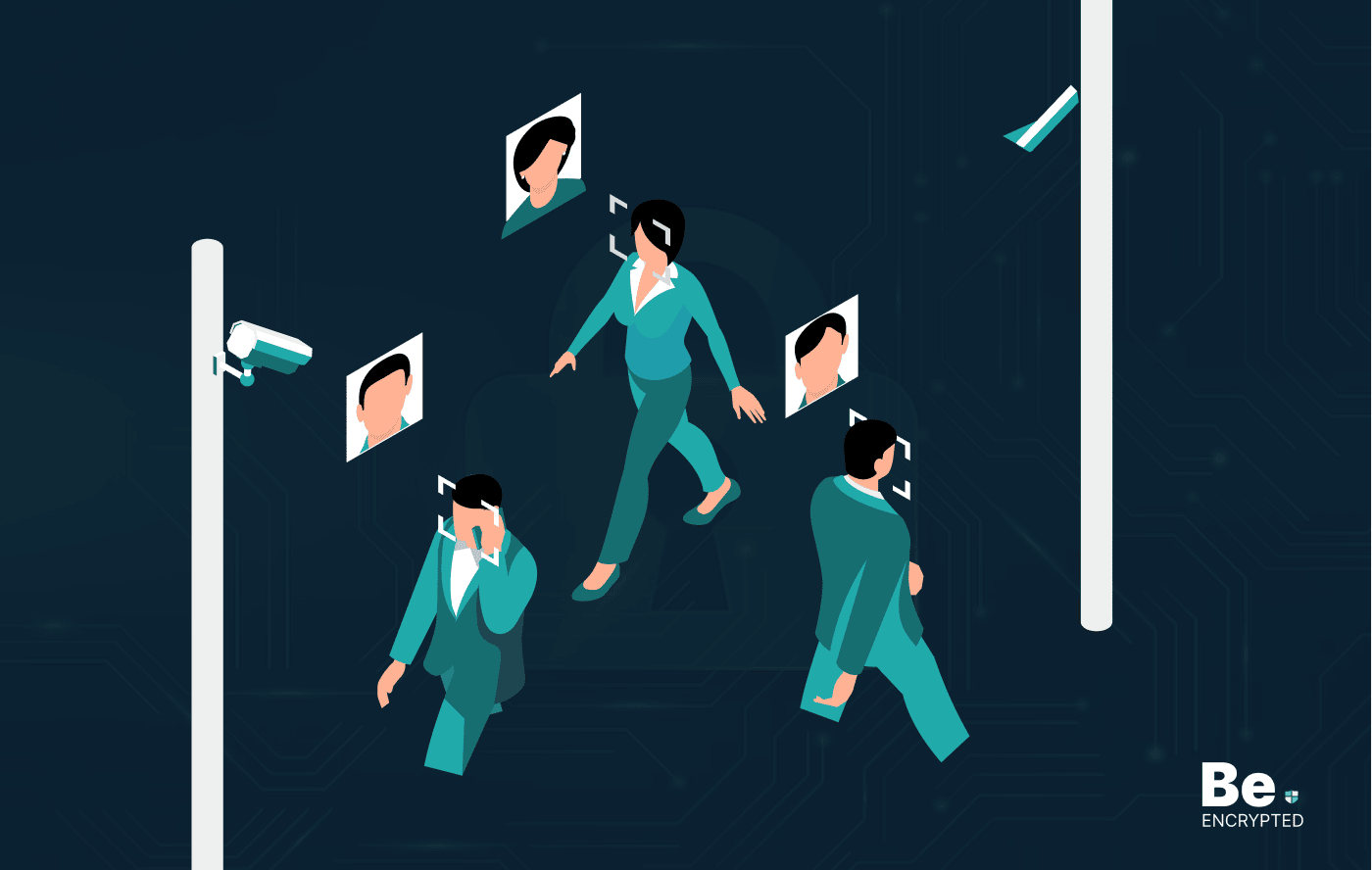While the concept of driverless vehicles was challenging to visualize even a few years ago, recent funding for research on them has significantly increased.
Also known as self-driving cars, automated cars, and autonomous vehicles, driverless vehicles are designed to travel without human operation. For personal and commercial purposes, driverless vehicles use a combination of onboard sensors and connectivity to a central hub, enabling them to navigate freely.
The benefits
It is believed that driverless vehicles will save the UK economy nearly £34 billion a year simply from a logistics standpoint, so it’s not surprising that many vehicle manufacturers are interested in pursuing this ground-breaking modern technology. Renowned vehicle manufacturers developing driverless vehicle technology include Tesla, Audi, BMW, Ford, General Motors, Volkswagen, and Volvo, alongside Google.
Not only would driverless vehicles allow for greater efficiency and considerable cost savings for commercial firms, but vehicles that can operate at all hours of the day would enable company employees to perform other tasks, potentially improving productivity in the workplace.
Why are they vulnerable?
While the cost savings and workforce freeing up are vital positive factors for investing in driverless technology, the possibility of a data breach or attack should not be overlooked. As with any technology, a threat or hack is always possible, particularly with any system connected to an external data source. While manufacturers know that driverless vehicles must be equipped with a robust security system, it is impossible to guarantee 100% safety.
As driverless vehicles become more accessible, tracking and monitoring each vehicle comes the challenge of tracking and monitoring. Therefore, hackers can hack and misuse them.
Why target vehicles?
As driverless vehicles are still a relatively new concept and are under development, they are more susceptible to attack than other types of technology. Regular ‘manned’ vehicles are not similarly vulnerable due to the driver’s presence. Current security technologies are primarily geared towards the presence of a human being as a deterrent for theft and hacks.
To this end, physical security measures have become more advanced over recent years, with CCTV cameras being a prime example. In the aftermath of the 2011 London riots, CCTV helped catch more than 5,000 thieves and bring them to justice.
In addition, once a vehicle has been broken into, it’s very easy to remove it from the scene quickly and unobtrusively. Bystanders wouldn’t usually take a second look if a driverless vehicle seemingly went about its scheduled routine. Indeed, it would be difficult to determine if it had been hacked due to the difficulty of identifying the correct path the vehicle should be on and if it had deviated from this.
However, hackers can operate from anywhere in the world and in complete secrecy, so deterrents such as CCTV are no longer viable distractions.
Share this article
About the Author
Related Posts

How to Avoid Gambling Restrictions in 2024
KEY TAKEAWAYS Gambling is prohibited in multiple countries as it is addictive, and many people go ba...

20 Best Penetration Testing Tools For Security Professionals
KEY TAKEAWAYS If you’re in a hurry, then have a look at the list of 20 best penetration testin...

The Role of Developer Security in Software Development
KEY TAKEAWAYS The revolution of DevOps has reduced the SLDC and resulted in the creation of many sof...

How To Detect Hidden Cameras And Listening Devices? A Complete Guide
Many people feel like someone is watching them or listening to their conversations. They may be righ...

What is Virtual Firewall and How it Helps Us in 2024?
Scientists and technicians are trying to invent the latest technology protection to create barriers ...

10 Ways to Prevent Ransomware Attacks
KEY TAKEAWAYS Ransomware attacks are growing frequently and affecting every sector of the business i...


